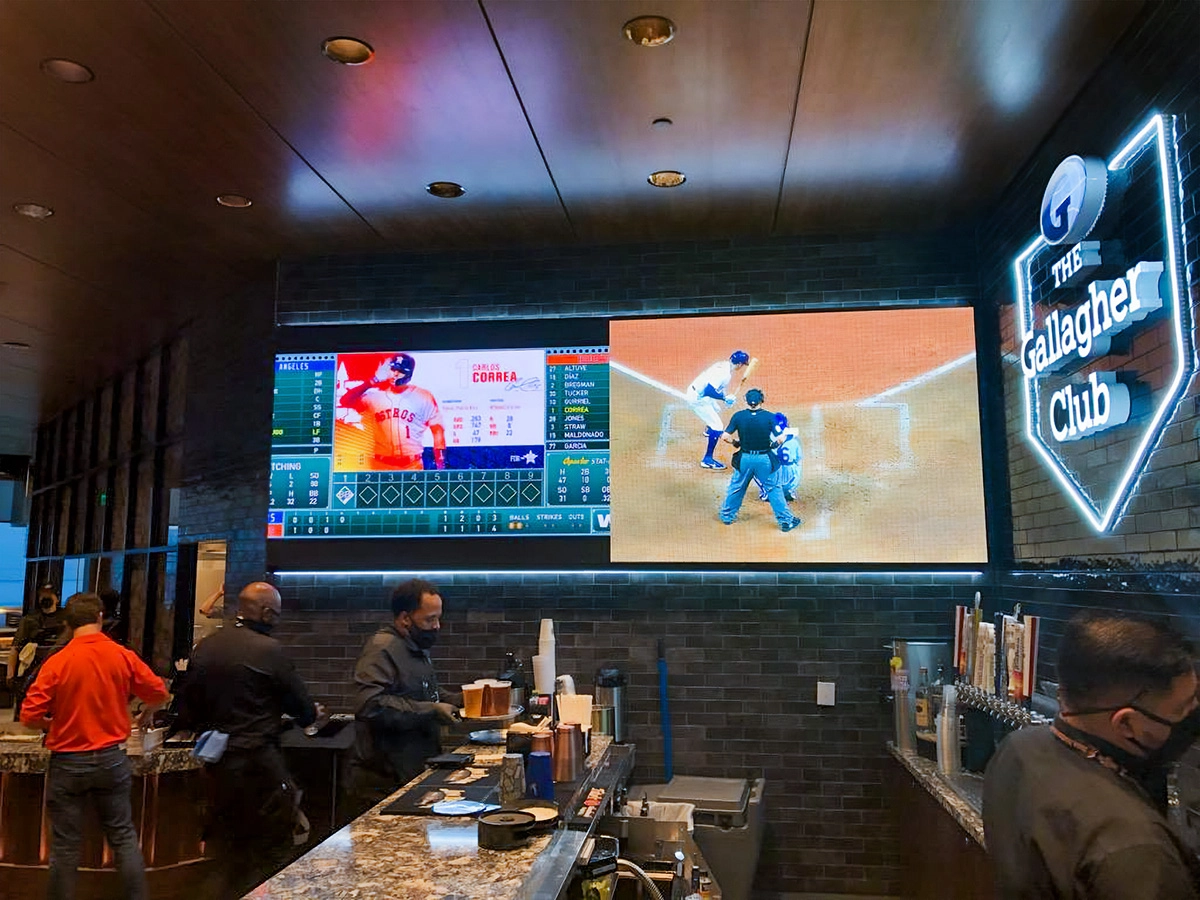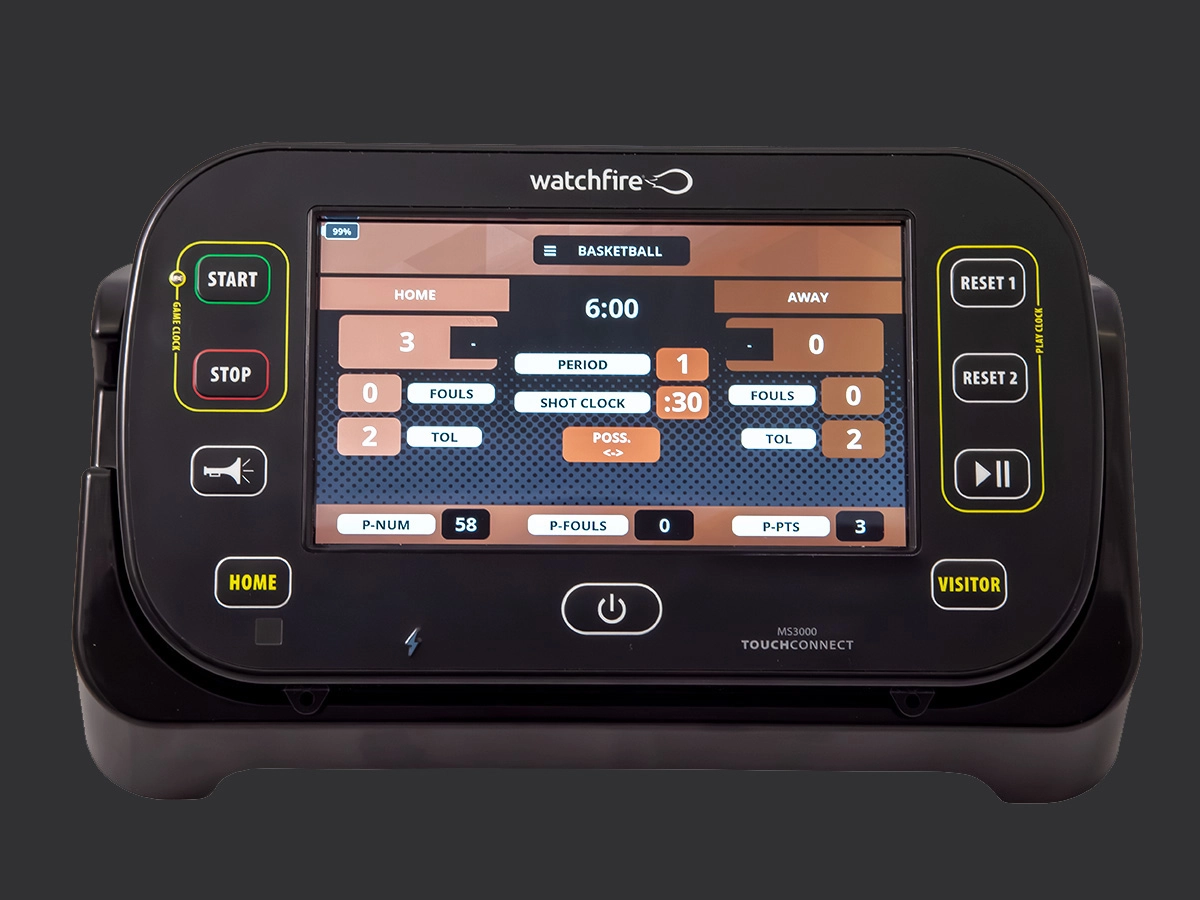Blog
Configuration Breakdown: Finding the Right One for Your Indoor Display
September 24, 2024

When purchasing a Watchfire sign, you may notice that our indoor product lines come with different LED configurations. Each type has its own benefits, so selecting one can be challenging if you are unfamiliar with it. Below, we’ve briefly explained the four configurations offered to help you find the option best suited to your display’s needs.
Surface-Mount Diode (SMD): Individual LEDs mounted onto a printed circuit board (PCB) and encapsulated in a resin material. They are typically small in size and have separate packages for red, green, and blue LEDs (RGB). This method has largely replaced the through-hole technology (THT), especially in devices that need to be small or flat.
SMD Quick Facts:
- Known for high brightness and efficiency, SMD can produce a concentrated beam of light and offer good color mixing capabilities. Best suited for locations with ambient lighting.
- Typically offer better color consistency because they have separate packages for each R, G, B LED, allowing for precise color control and uniformity.
- Generally, have good thermal management as the heat generated by each LED is relatively isolated. Heat dissipation can be facilitated through the PCB and proper heat-sinking techniques.
- Usually more cost-effective compared to COB LEDs, particularly for smaller displays.
Chip On Board (COB): Refers to the mounting of an LED chip directly onto a substrate, usually a ceramic or metal board, to produce LED arrays. COB LEDs are a newer and more advanced entrant to the market, having several notable advantages over older LED technologies.
COB Quick Facts:
- Known for its high light output, COBs provide excellent thermal management and a larger light emission area, resulting in more uniform illumination. They are often used for high-power applications.
- Have slightly less color consistency than SMDs due to the proximity of multiple LED chips within a single encapsulation.
- Better thermal management capabilities. A larger COB LED surface area aids in dissipating heat, resulting in improved longevity and performance, perfect for close-up viewing.
- Relatively more expensive due to the higher light output, advanced packaging, and improved thermal management capabilities.
Flip Chip COB: Flip Chip COBs are an upgraded version of traditional COBs, where the LED chip is mounted upside down directly on to the PCB substrate, eliminating the need for bonding wires. This advancement increases the reliability and performance of the LED, paving the way for tighter pitch micro-LED displays.
Flip Chip COB Quick Facts:
- Offers better heat dissipation resulting in a display face that is relatively cooler to touch.
- The technology requires lower power consumption to run while maintaining higher brightness.
- Allows for a closer viewing experience with crisper images due to pixel pitch hinging solely on the chip size.
- Provides improved visual performance with enhanced contrast, expanded light-emitting area, increased brightness, and deeper black levels.
Advanced Pixel Sharing (APX): Advanced Pixel Sharing is a technology that boosts display resolution. Traditional COBs are mounted on the PCB at an offset while brightness and color values are shared through software algorithms among multiple pixels creating extra virtual pixels. This technology is gaining popularity for its cost-effectiveness, especially for closed-packed COB displays.
APX Quick Facts:
- Achieves a higher resolution with fewer physical pixels, thereby driving down the cost of an LED Video display.
- Requires less power consumption compared to a traditional COB setup.
- Achieves specific resolutions using fewer LEDs, resulting in a lower failure rate and increased reliability.
- When viewed from an optimum viewing distance, content rendered on APX displays will look as good as a true-pixel display of a similar resolution.
